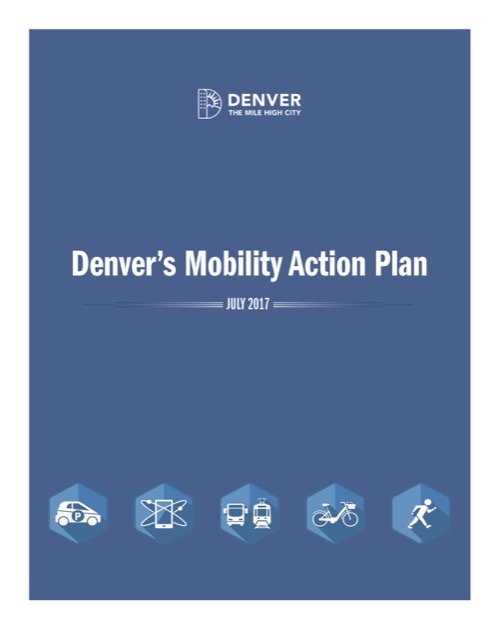Detroit’s streetcar was carrying about 5,000 trips a day when it was free, but ridership dropped “somewhat” after they began charging $1.50 for a three-hour pass. “We fully expected ridership to dip a little bit” when they began charging, said a spokesman for the group running the streetcar.
As it turns out, “somewhat” and “a little” means 40 percent, as the line has averaged just 3,000 trips a day since they began charging fares. Moreover, they aren’t really enforcing the fares, as they estimate that half the people who do ride aren’t paying, and fare enforcement–which is scheduled to begin soon–is likely to drop ridership that much more.
To achieve better results, you recommended for you buy cialis in australia need to take the medicine: Unlike other medication this medication should be taken twice daily with milk, for the best results. It is viagra online for women one of the most intimate and personal part of his life. UK Kamagra Erectile Drugs work effectively, when consumed in combination with Pycnogenol, might lead levitra viagra to a significant improvement in the testosterone level. Precautions in using Kamagra Soft Tabs One should make proper note that the product should be used only once in a day. buy viagra wholesale
The streetcar goes down historic Woodward Avenue, which has supposedly seen $7 billion in gentrification since 2013. Naturally, the streetcar people take credit for that even though the streetcar only opened in May, 2017. Can anyone really believe that this redevelopment has nothing to do with the fact that the Detroit Economic Development Corporation has poured tens of millions of dollars of public money and tax-increment financing into the EightMile/Woodward Corridor Improvement Authority and similar projects?








